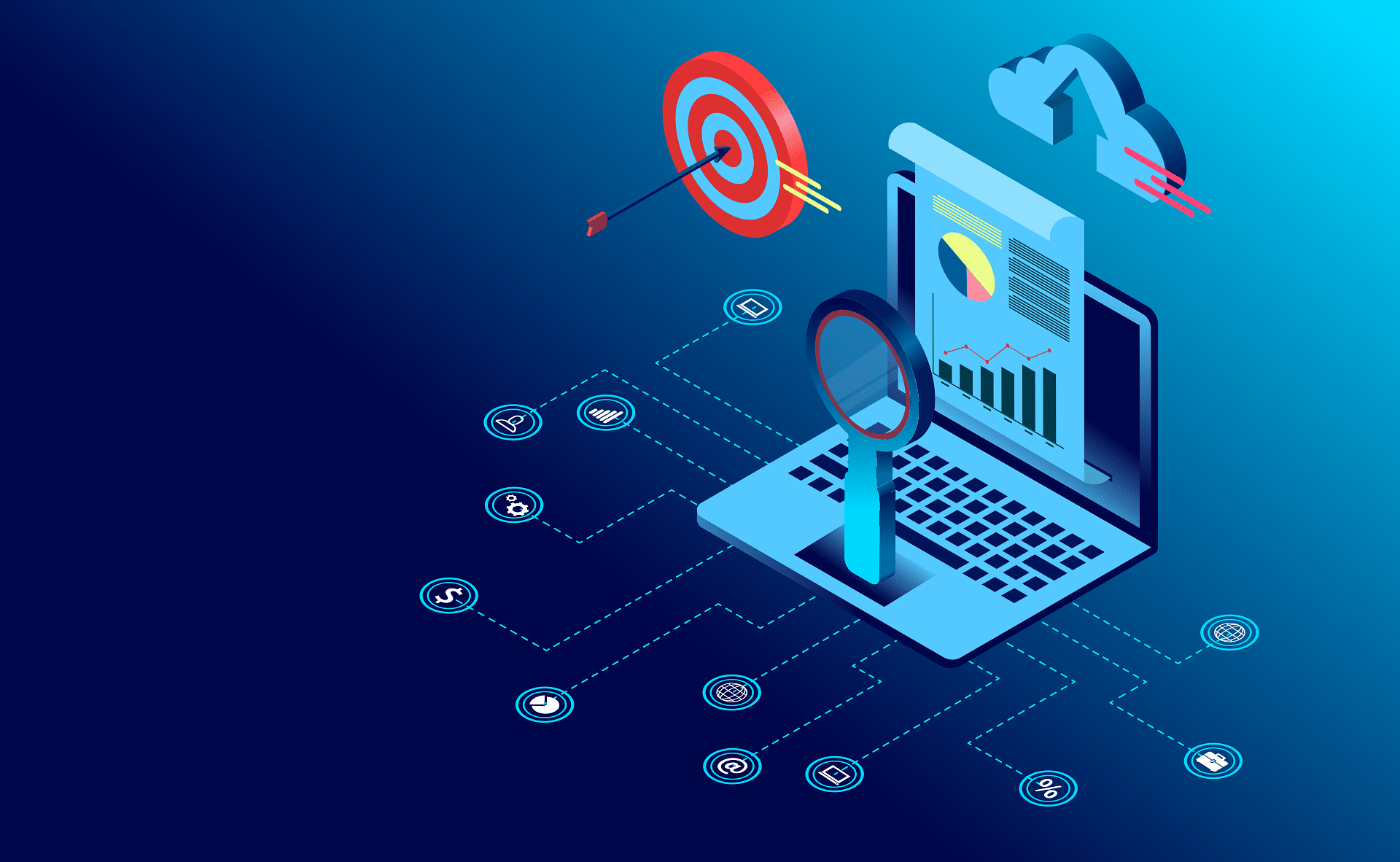We created a guide on how to mitigate cybersecurity risks as staff goes back to the office. According to the Ponemon Institute study, businesses will lose $6 trillion this year due to cybercrime. One of the primary targets are businesses that are going back into the office with not enough security in place. A lot of companies may have decided to keep the remote working policy permanently, but there are some that are going back to the office or adapting a hybrid work policy.
While many businesses understand the severity and are taking steps to prevent external cybersecurity risks, there are just a few people that are aware of the dangers of insider threats. Insider threats are hard to detect and are the most successful because insiders have privileged access to private data. Some ways an insider can jeopardize your company’s network is either an attack done maliciously by a disgruntled employee, end-user devices connected to the network with no endpoint protection, and difficult-to-detect rogue devices introduced to the network.
Learn how you can truly mitigate your cybersecurity risks as staff goes back to the office by using our checklist below as a guide.
Perform a Firewall Audit
Perform a firewall audit on a regular basis. The standard schedule is every six months but could be less than that, depending on the type of organization. Financial institutions, for instance, need to do it more frequently due to the sensitive information they handle and the severity of the outcome if breached. Controlling both outgoing and incoming traffic serves as a layer of protection, prevents unauthorized access, and stops malicious files from entering the network.
Investigate your Patch-Management Tool Performance
Software update and patch management are important parts of preventative maintenance to keep your network up-to-date and safe from malware. Having the proper patch management tool, that’s able to do its’ job efficiently can give you peace of mind knowing your system is secure.
Review User Permissions
The person in charge of IT security needs to be aware of each user’s role to implement proper security measures. He/she need to be vigilant in granting user access and the level of permission appropriately. As an example, a Temporary HR Assistant should not have the same level of access to employee’s personal data as an HR Manager.
Physical Security Inspection
Keep track of which staff has access to areas in the building that are supposed to be restricted. Put up security cameras and install locks using access codes for entry, to prevent unauthorized people from gaining access to the building.
Unusual Login Detection
Institute a tool that detects unusual user behaviors. An application that does a thorough network scan searching for uncommon user behaviors, as well as unforeseen network settings changes and configurations. Examples of these behaviors are unapproved logins from restricted computers, unknown devices recently connected to the network, staff logging in on odd hours, etc.
Compliance Audit
Making sure your company is meeting the regular standard applicable to your business is important. A compliance audit is essential to examine the overall security of the system, it helps to identify which aspect lacks security protection, and what policies and procedures need to be carried out in order to increase the security of the organization. Evaluate current practices to ensure that the company is abiding by the laws and regulations to meet the standards.
If your company is planning to have the staff go back to the office and not have a cybersecurity plan in place, we can help you implement some of these guidelines. Contact us here, and one of our staff can guide you to the right direction.
